4 Smart Places to Park Your Cash Now
Happily, you can do better than a 1% yield without taking extraordinary risks.

So much is happening in so many places—from Wall Street to Europe to America’s fracking fields—that your portfolio is probably suffering from motion sickness. Consider that in the first 25 trading days of 2015, the Dow Jones industrial average posted triple-digit moves on 17 occasions.
Then again, high-quality bonds, both taxable and tax-free, and high-yielding stocks, including utilities and real estate investment trusts, have begun the year in fine form. There has also been some good news on the energy front: Even as their profits slide because of the collapse in oil prices, energy giants such as ExxonMobil (symbol XOM) and Chevron (CVX) have resisted the temptation to cut dividends. Rather, they’re postponing exploration projects and paring share buybacks. Meanwhile, energy-related master limited partnerships continue to increase cash payouts.
On the fixed-income side, I grant that many bonds are expensive. How could they not be when the benchmark 10-year Treasury bond yields just 1.9%? Yet my fellow Kiplinger’s columnist James Glassman posits that the yield on the 10-year bond will sink below 1%. If he’s right, holders of long-term bond funds will reap additional capital gains because bond prices move in the opposite direction of yields.

Sign up for Kiplinger’s Free E-Newsletters
Profit and prosper with the best of expert advice on investing, taxes, retirement, personal finance and more - straight to your e-mail.
Profit and prosper with the best of expert advice - straight to your e-mail.
It’s a different story if you’re seeking steady income. A 1% yield for 10 years just doesn’t cut it. You can get as much in an insured online savings account (see Best of the Online Banks).
Happily—and this is my primary message this month—you can do better than a 1% yield without taking extraordinary risks. Naturally, you’ll have to go beyond the bank for better cash returns. As always, I strongly advise against tearing up any successful income plan because of transitory news events. A broadly balanced collection of dividend stocks, high-quality bonds, and securities that pass along energy and real estate income is as sensible a strategy today as it was last year.
We offer four worthy holding tanks for your cash—three mutual funds and one exchange-traded fund—listed in descending order of current yield. Each pays you monthly. I suggest putting 25% of your short-term, low-risk money in each. (Yields and returns are through February 6.)
Fidelity Floating Rate High Income (symbol FFRHX; current 30-day yield, 4.4%; one-year total return, 0.6%), the original no-load bank-loan fund, delivers a generous yield. The fund carries some credit risk; the loans it invests in are made to companies with subpar credit ratings. But because the rates on those loans adjust regularly, the fund should maintain its share price in the unlikely event that short-term rates surge.
William Blair Income Fund (WBRRX; yield, 1.7%; one-year return, 2.7%) owns mortgage securities and high-quality corporate bonds with an average maturity of about four years. It provides decent yield without taking on too much interest-rate risk.
Metropolitan West Low Duration Bond Fund (MWLDX; yield, 1.1%; one-year return, 1.2%) sports a modest yield, but its low average maturity pretty much eliminates any price erosion from a bump in short-term rates.
Vanguard Short-Term Bond ETF (BSV; yield, 0.9%; one-year return, 1.2%) tracks an index of government and corporate bonds with one- to five-year maturities. It pays a hair less than 1%, but on any given day, the yield can climb above 1%. Because it’s an ETF, you can get in and out of it during the trading session. Annual expenses are a rock-bottom 0.10%.
Get Kiplinger Today newsletter — free
Profit and prosper with the best of Kiplinger's advice on investing, taxes, retirement, personal finance and much more. Delivered daily. Enter your email in the box and click Sign Me Up.

-
 Ray Dalio Is Ringing Alarm Bells About 'Something Worse Than a Recession'
Ray Dalio Is Ringing Alarm Bells About 'Something Worse Than a Recession'Bridgewater founder Ray Dalio has been sounding off about his concerns for the global economy as a result of tariffs and certain policies, as well as other factors.
By Alexandra Svokos
-
 Who Pays the Most Taxes in the U.S.? Tax Burden by Age
Who Pays the Most Taxes in the U.S.? Tax Burden by AgeTax Burden Polls show that most people feel like taxes are unfair. But which age group bears the brunt of the tax burden in the United States?
By Kelley R. Taylor
-
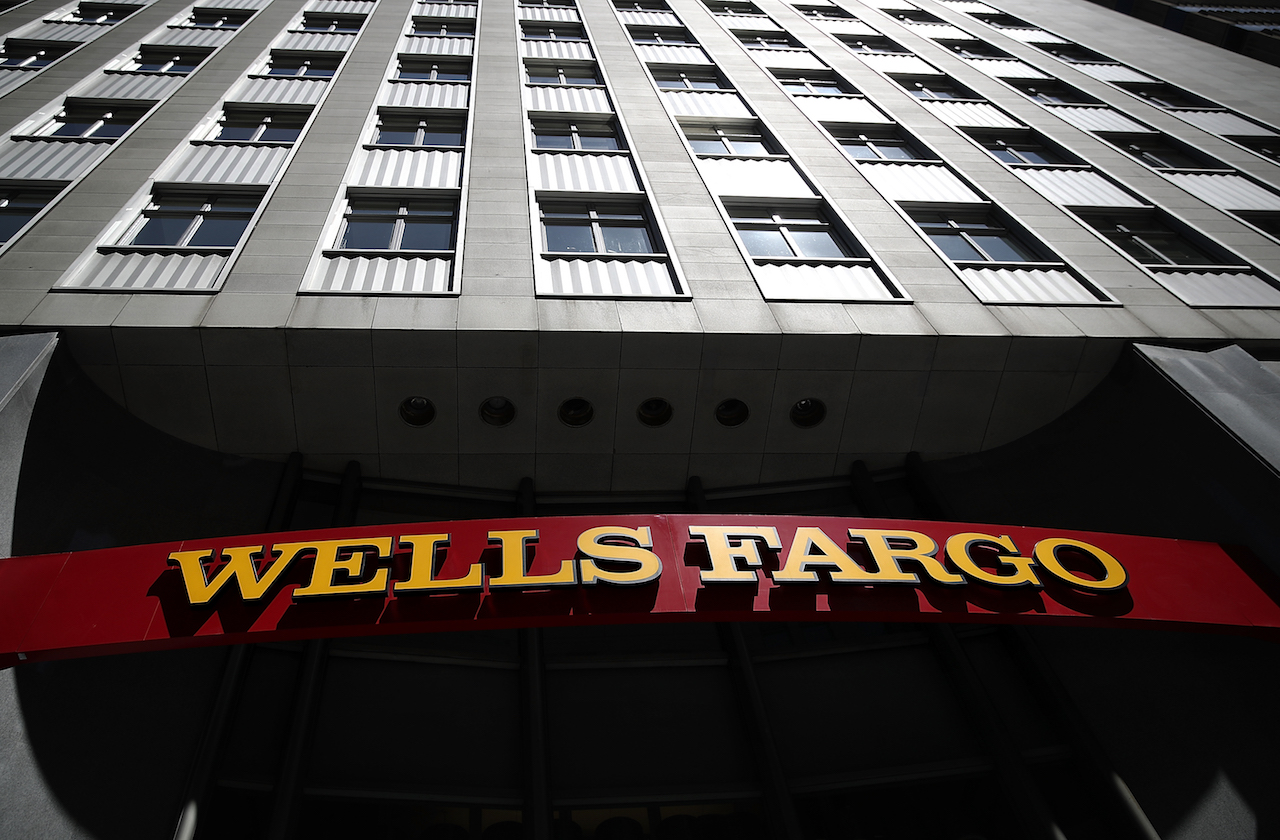 Why Wells Fargo's Revenue Miss Isn't Worrying Wall Street
Why Wells Fargo's Revenue Miss Isn't Worrying Wall StreetWells Fargo is one of the best S&P 500 stocks Wednesday even after the big bank's top-line miss. Here's what you need to know.
By Joey Solitro
-
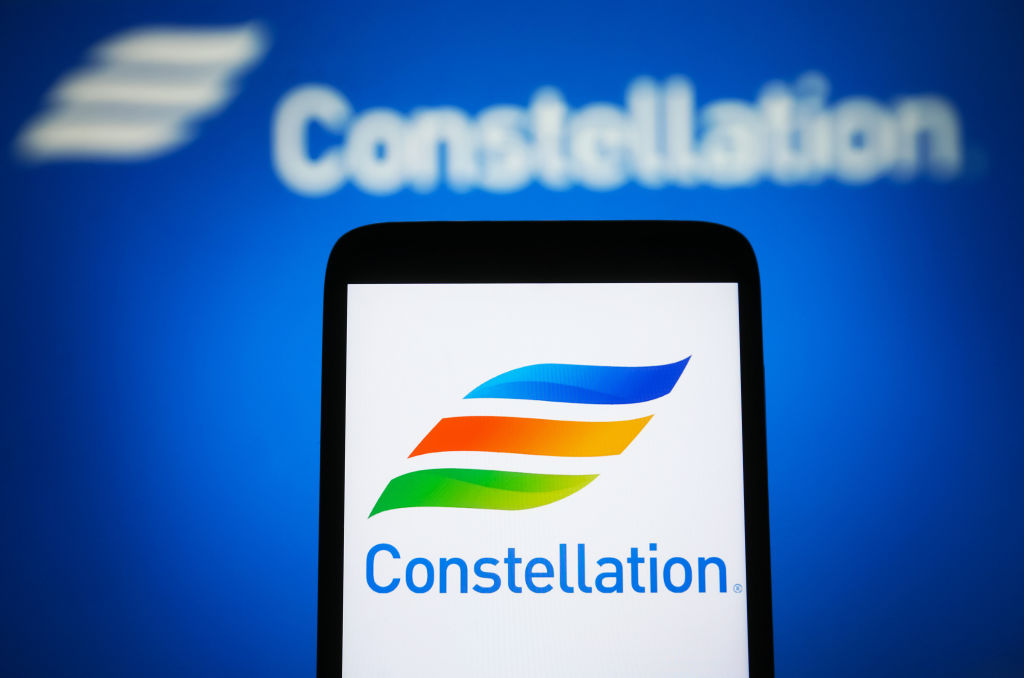 Constellation Energy Stock Soars on Its $26 Billion Buy. Here's Why Wall Street Likes the Deal
Constellation Energy Stock Soars on Its $26 Billion Buy. Here's Why Wall Street Likes the DealConstellation Energy is one of the best S&P 500 stocks Friday after the utility said it will buy Calpine in a cash-and-stock deal valued at $26 billion.
By Joey Solitro
-
 What Scott Bessent's Treasury Secretary Nomination Means for Investors
What Scott Bessent's Treasury Secretary Nomination Means for InvestorsMarkets are reacting positively to Trump's nomination of Scott Bessent for Treasury secretary. Here's why.
By Joey Solitro
-
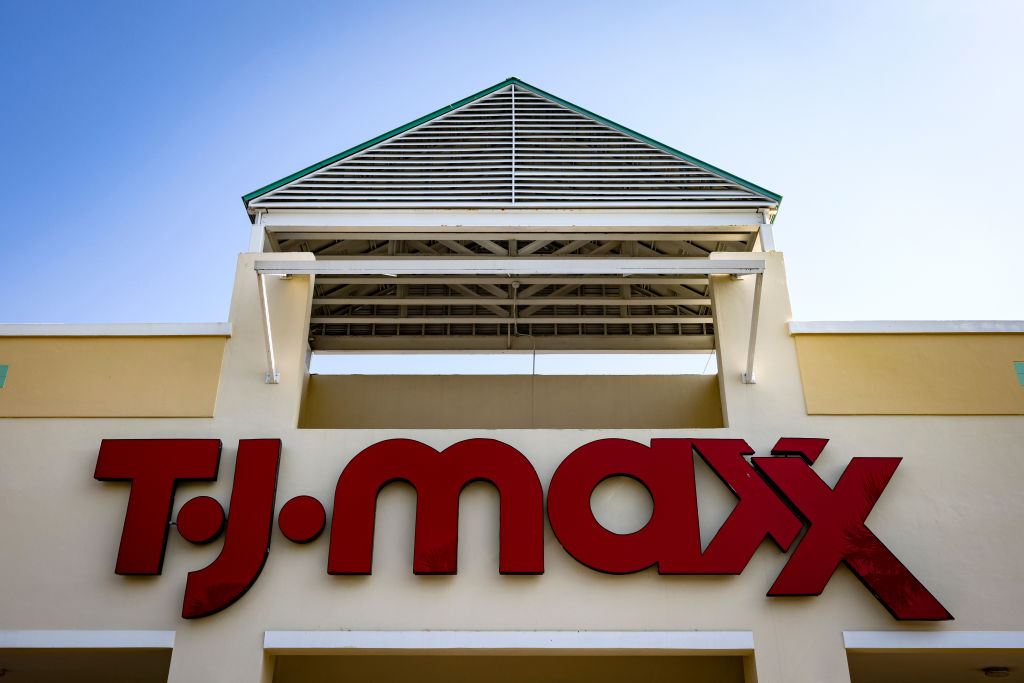 TJX Stock: Wall Street Stays Bullish After Earnings
TJX Stock: Wall Street Stays Bullish After EarningsTJX stock is trading lower Wednesday despite the TJ Maxx owner's beat-and-raise quarter, but analysts aren't worried. Here's why.
By Joey Solitro
-
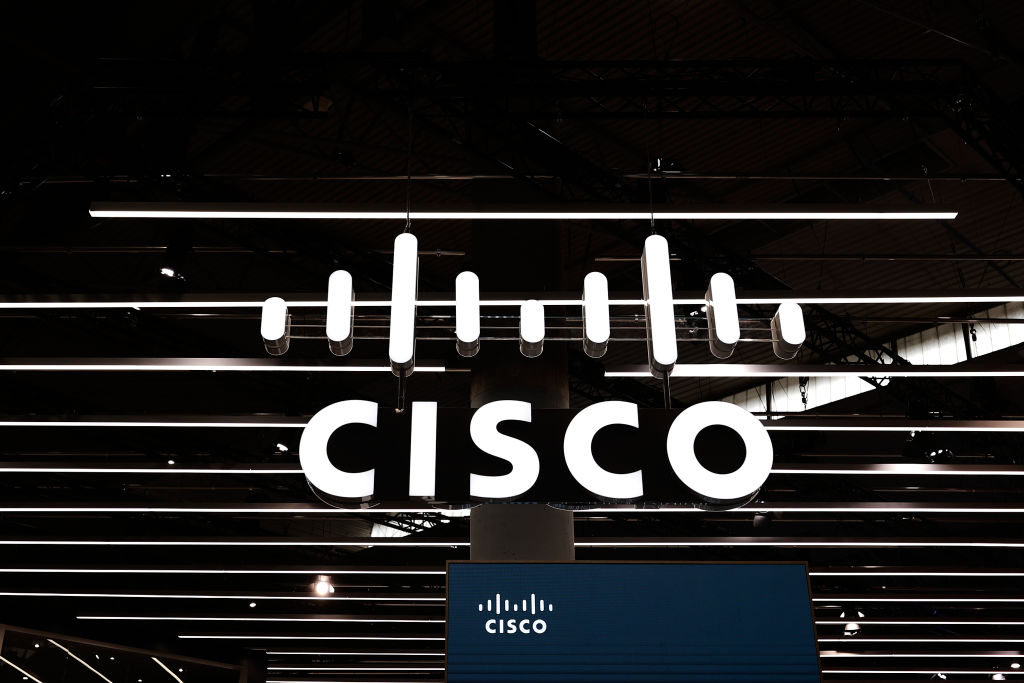 Cisco Stock: Why Wall Street Is Bullish After Earnings
Cisco Stock: Why Wall Street Is Bullish After EarningsCisco stock is lower Thursday despite the tech giant's beat-and-raise quarter, but analysts aren't concerned. Here's what you need to know.
By Joey Solitro
-
 Apple Stock Slips After Earnings. Wall Street Isn't Worried
Apple Stock Slips After Earnings. Wall Street Isn't WorriedApple stock is trading lower Friday despite the iPhone maker beating expectations for its fiscal fourth quarter, but analysts are still bullish.
By Joey Solitro
-
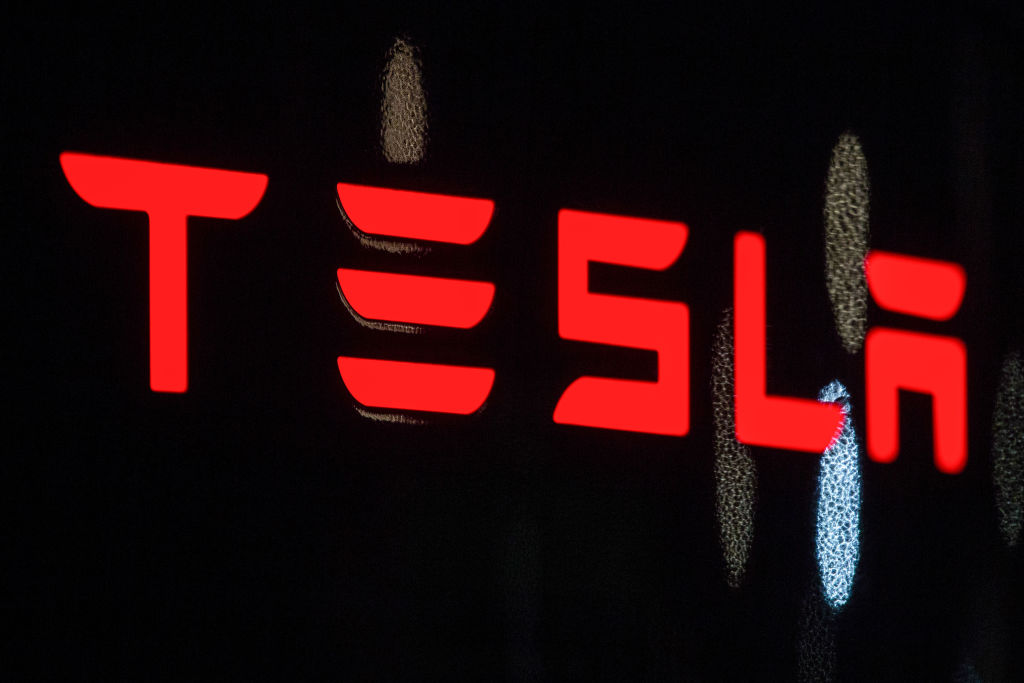 Tesla's Robotaxi Event: What Wall Street Expects
Tesla's Robotaxi Event: What Wall Street ExpectsTesla’s robotaxi event kicks off next week. Here’s what Wall Street expects to see and how analysts feel about the stock heading into the event.
By Joey Solitro
-
 Dell Stock: Wall Street Sees More Upside After Earnings
Dell Stock: Wall Street Sees More Upside After EarningsDell stock is higher Friday after the PC maker beat Q2 expectations, but analysts think there's more room to run. Here's what you need to know.
By Joey Solitro